Don't laugh, I relied on a "stupid method" to turn over 240 times in the currency circle!
It sounds like a story, but I really relied on it to roll 200,000 to more than 50 million!
Four years ago, I was just like you, watching K-lines every day, studying MACD, RSI, and staring at various indicators until my head hurt. As a result, the account didn't rise much, but there were a lot of liquidations.
Until later, an old leek said to me: "In the coin circle, the smarter people are, the easier it is to lose."
Those who can really make money are those who "listen, have strong execution, and follow the rules!"
He said that he has been using a super simple method: "343 batch position building method"
I didn't believe it at the time, I thought it was too stupid and too mechanical. As a result, after trying it once, I was directly hooked!
How to use this "stupid method"?
First step: 30% tentative position building
Choose mainstream currencies (BTC/ETH/BNB/SOL),
First take 30% of the funds to test the waters, never go all in!
Second step: 40% to lower the cost
If it rises, wait and add more when it pulls back; it's better if it falls, add 10% position for every 10% drop, until you use up this 40%. The more it falls, the more you replenish, the cheaper it is, and you can directly eat meat when it rebounds!
Third step: 30% trend increase
Wait for the market to stabilize at key positions, such as the 7-day moving average, and then replenish the last 30% to let the profits explode completely!
Set a good take profit and let the profit fly, don't be greedy!
Why is this method awesome? ✅ Don't bet on the direction, don't predict the market ✅ Enter the market in batches, the risk is controllable ✅ The more it falls, the more opportunities there are, the rebound pulls the explosive income ✅ Simple and rude, Xiaobai can learn it after reading it once!
I only do mainstream currencies now, I don't stay up late, I don't bet all in, I don't chase highs, and I steadily eat meat with this "stupid method".
Say it again: It's not that I'm smart, it's that I accept my fate and follow the rules!
You may be being liquidated, anxious, and bumping around aimlessly right now, then I really suggest you
Don't think about flying first, learn to live first, follow this method, don't gamble, don't rush, don't mess around, roll up step by step, you can also turn over!
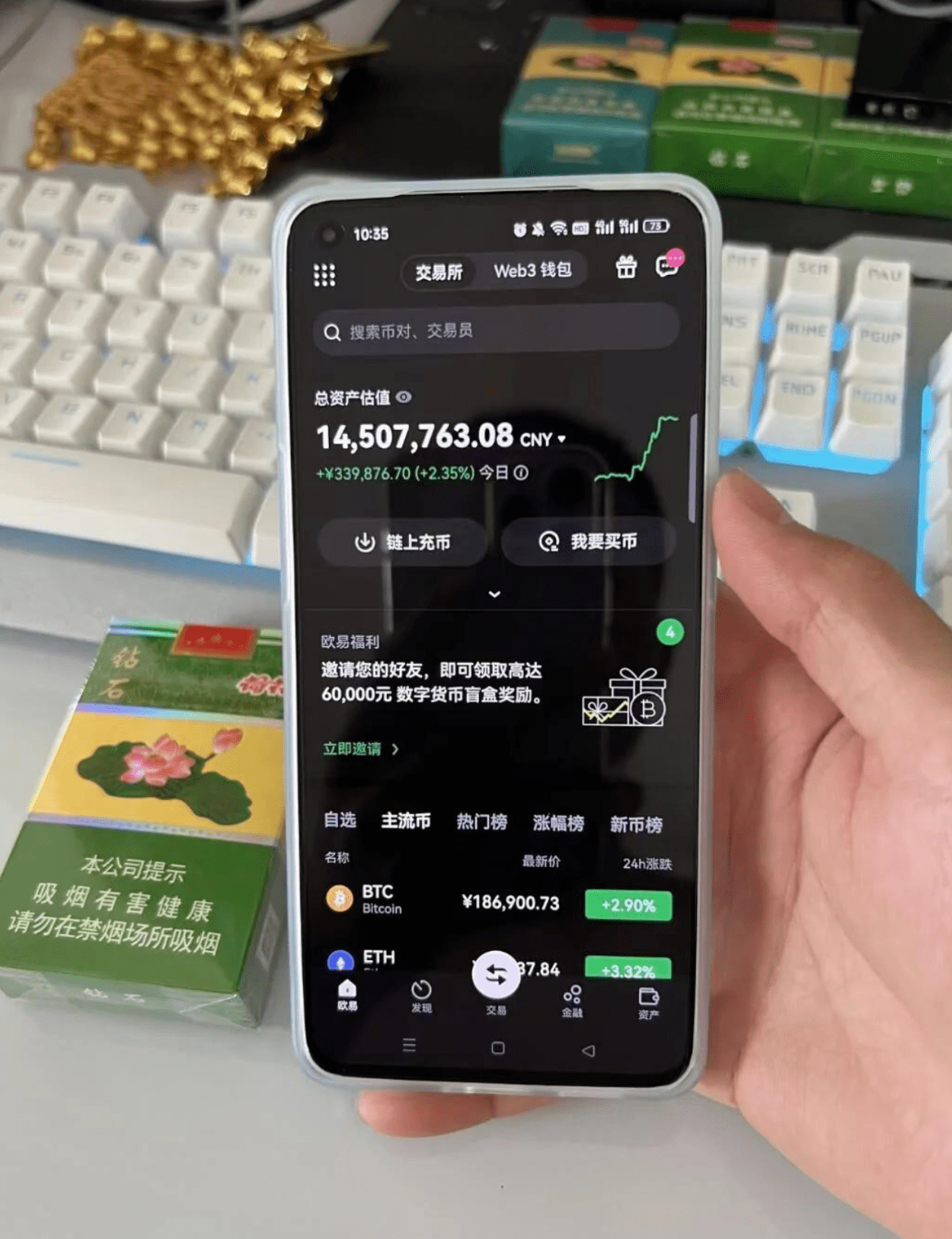
Today I am sharing pure dry goods here, which is suitable for everyone. If you also want to say to me from a big loss to achieving financial freedom, you must learn this dry goods today. The theme is: What is the rising sun K-line pattern? (with illustrations)
In the trading market, have you ever had this confusion, obviously you have spent a lot of time and effort, but you just don't make money; obviously looking similar to others, you just don't earn as much as others.
Then you have to read this article carefully today. Sunny will tell you how to accurately capture the starting point before the main upward wave, and how to quickly double your account under simple and safe conditions.
The set of methods we are going to talk about today is called the "Seven Small Consecutive Yangs Method". This method is not only safe and stable, but also has a wide range of applications, and is very suitable for trading markets such as digital currency, gold, foreign exchange, and futures.
1. What is Seven Small Consecutive Yangs
Let's first understand the characteristics of this pattern
As shown in Figure 1. When many small Yang lines appear neatly arranged, just like a slowly rising sun, then this pattern is called seven small consecutive Yangs, and there is another saying that it is a small broken cloth-style rise.
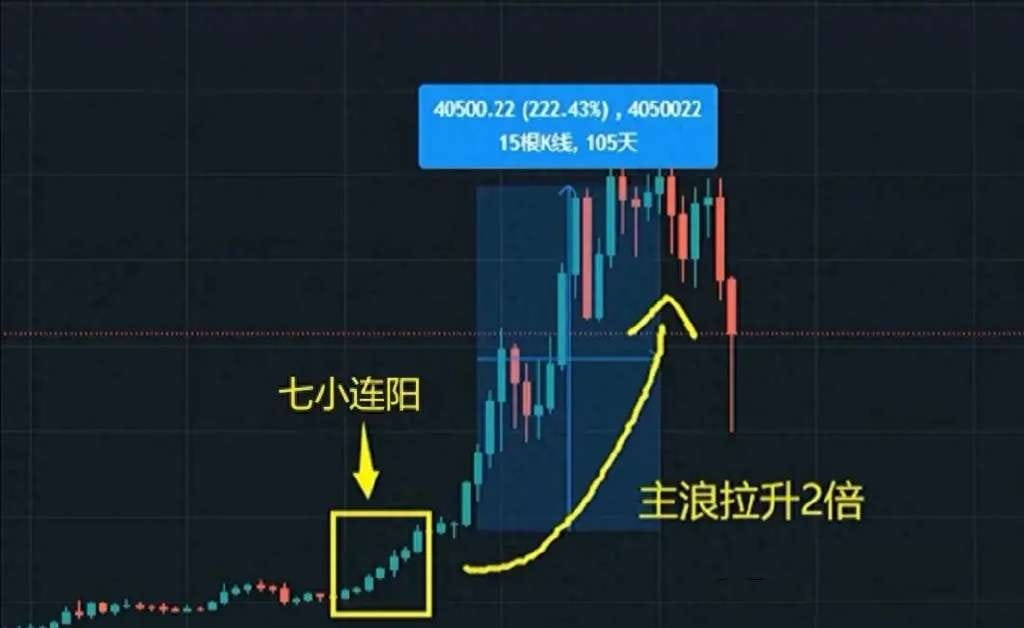
Figure 1: It is also often encountered in real trading. For example, let's look at Figure 2, the weekly chart of blood orange.

Figure 2: The position circled shows seven neatly arranged small Yang lines, followed by a wave of main wave pull-ups, with an increase of nearly three times.
Let's look at Figure 3, the daily chart of blood orange.
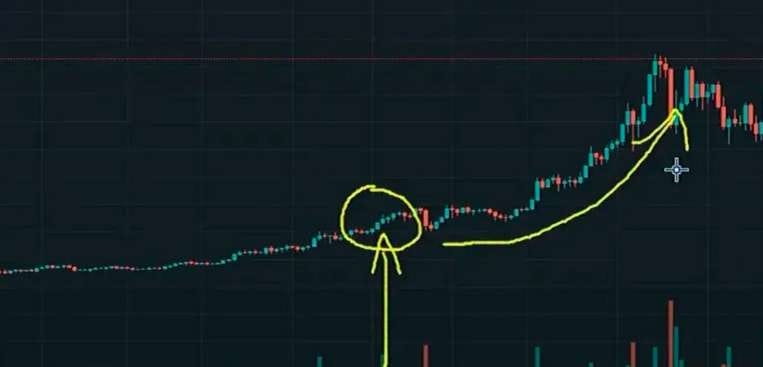
Figure 3
There have also been seven small consecutive Yangs, with a very gentle slope, followed by a wave of main wave pull-ups, and the increase is also nearly 1.5 times. Even if you can't see the subsequent data, as long as you find the tactic of seven small consecutive Yangs in time and boldly clear your position to do it, you can also capture a complete wave of profits later.
In fact, the most representative is Ethereum at the beginning of 21 years. Blood orange has already broken through 28,000 US dollars, but in fact it is continuing to gather strength to prepare for an outbreak. Pay attention to the fact that seven small consecutive Yangs appeared at the beginning of New Year's Day in Figure 4, and then immediately followed by the main upward wave.
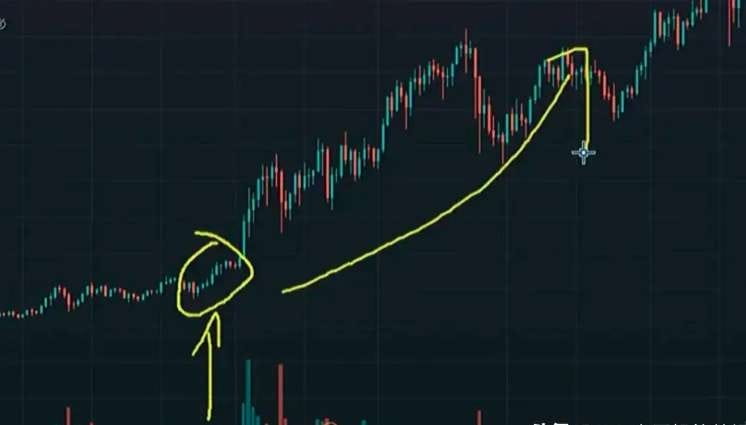
Figure 4: If we calculate from the beginning of the pull-up, as shown in Figure 5. That is, a nearly 5-fold increase in almost 5 months.

Figure 5: So it can't be said that learning is useless. If you don't plan to engage in trading at all, then these K-lines may just be some green small pillars for you, nothing more. But as long as you want to enter the trading circle, spend a little effort to learn a little technology, you are likely to be able to grasp these opportunities. What is terrible is not missing one or two opportunities, but always brushing shoulders with opportunities.
Of course, foreign exchange is also applicable.
For example, let's take a look at Figure 6, the daily chart of the US dollar index. In April 2017, it showed a small step-like rise. Although there were some Yin lines in the middle, it did not affect the keynote of the small step-like slow rise.
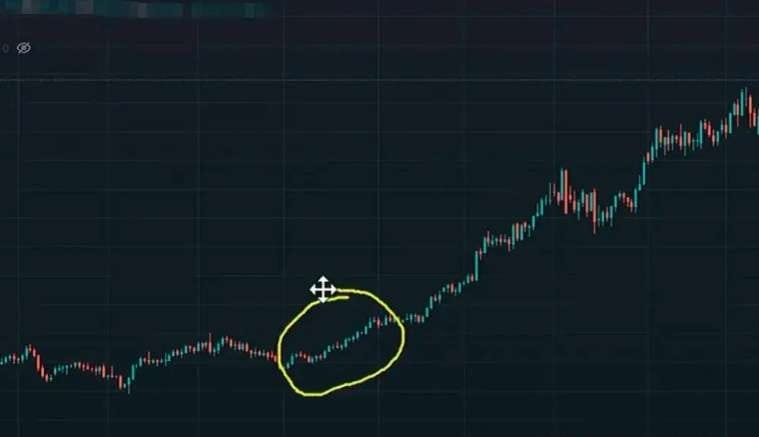
Figure 6: Then followed by a wave of main wave pull-ups, see Figure 7. This wave of pull-ups also lasted for more than two hundred days, with an increase of nearly 25%.
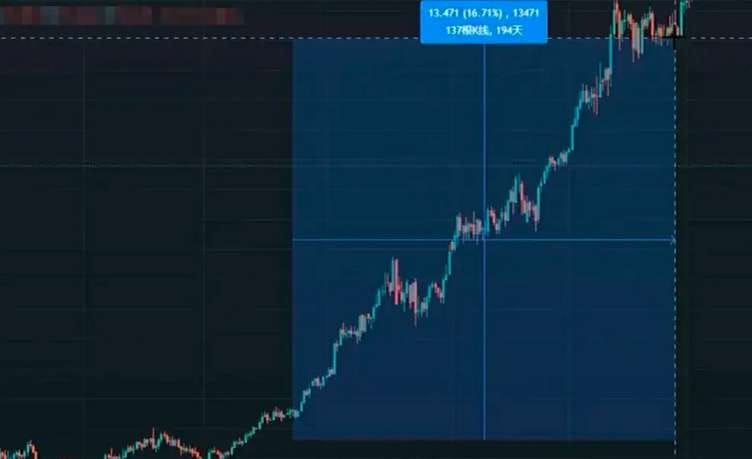
Figure 7: First of all, being able to arrange so many small Yang lines neatly, and being able to control the K-lines so planned and beautiful. Do you think retail investors can do this? It must not be a retail investor behavior; secondly, normal rises are two rises and one fall, rising while washing the market. But we see this K-line arrangement of seven small consecutive Yangs, and the main institution is too lazy to make a price difference, which proves what?
The four words are to have lofty aspirations. It must be plotting a big move.
Some people may close the article after seeing this and immediately go to the market to start looking for seven small consecutive Yangs, wanting to start making money immediately, then it is likely to step on the pit. Because the use of seven small consecutive Yangs tactics still has other conditions.
2. Necessary conditions and bonus conditions
Necessary conditions:
1. Long bottoming time;
2. Seven small consecutive Yangs +;
3. The angle is gentle.
Bonus conditions:
1. Weekly small consecutive Yangs:
2. The trading volume gradually increases;
3. Cooperate with news.
Let's first look at the three necessary conditions. First, the bottoming time must be long; second, there must be at least seven small Yang lines; and then the angle must be gentle. Please note that the so-called necessary conditions are indispensable. As long as one is missing, it cannot be called a successful seven small consecutive Yangs tactic.
1. Long bottoming time
The long bottoming time means that it must have a long time of bottoming, or consolidation period, that is, shock; then the main force absorbs chips for a long time, and the cost is effectively controlled. Once a few small and broken-like consecutive Yangs appear, then its rise must be amazing.
For example, the daily chart of blood orange we just saw (Figure 9), we circled the position where the seven small consecutive Yangs appeared, and then we paid attention to the fact that before the formation of the seven small consecutive Yangs, there was a long-term consolidation period at the bottom (yellow curve part), and the bottoming time was very long.
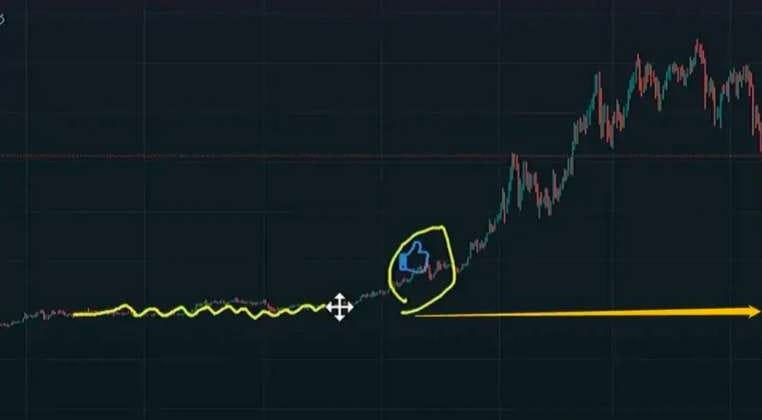
Figure 9: Then the main force starts to absorb chips for a long time during the bottoming stage, and its cost is also effectively controlled. So we can boldly guess that the current main force's cost of absorbing chips for blood orange is about 10,000 US dollars.
Let's look at a few counterexamples again, or the daily chart of blood orange. Pay attention to the fact that in these two positions in Figure 10, seven Yang lines have actually been achieved, but why can't they be called seven small consecutive Yangs here? It is because there was no long-term bottoming in the early stage.
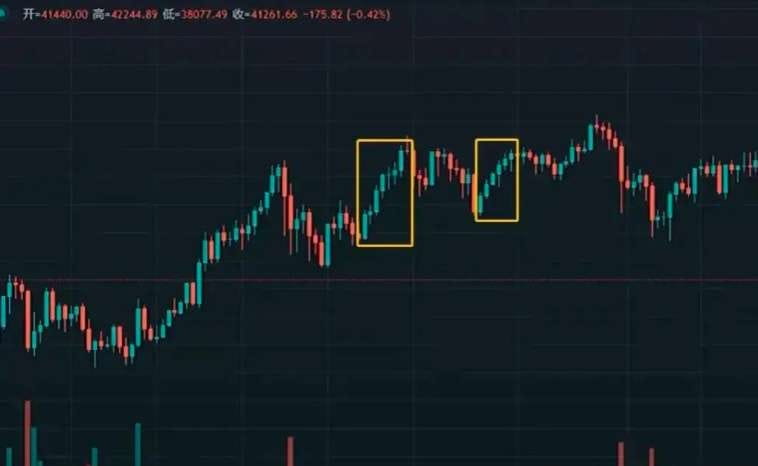
Figure 10: The early stage is a trending pattern, and there is no long-term shock to give the dealer room to absorb chips, so this cannot be called an effective seven small consecutive Yangs.
If this pattern in Figure 10 appears in an upward trend, it may be a warning signal, telling you that you may need to take profit in time. Then the fact is also true, and the momentum of its subsequent rise has been exhausted.
2. Seven small consecutive Yangs +
This means at least seven small consecutive Yangs. This sentence needs to be understood in three parts: first, seven; second, consecutive; third, small Yang lines.
First of all, the number is at least seven. Of course, it can also be eight, nine, or ten, the more the better. But it is at least seven. If there are too few, such as four or five, it cannot be determined whether the main force is operating at this time, and the power is not great. We should not follow this situation.
Secondly, it must be a small Yang line, and there cannot be many large Yin lines mixed in the middle. For example, the position of the 14-year US dollar index (Figure 11) that we just saw.

Figure 11: In fact, its seven small consecutive Yangs are not very perfect, but they are still effective. There are also some small Yin lines, small Dojis, and even spinning tops, but it does not affect the success of the entire pattern.
Finally, it must be a continuous increase, intermittent is definitely not possible.
3. Gentle angle
The gentler the angle, the better, preferably less than 45 degrees, and the smaller the overall increase of the small consecutive Yangs, the better. Because the steeper the angle and the higher the overall increase, it itself forms a main upward wave, instead of a momentum accumulation action, overdrawing the future upside.
Let's take the two trends of blood orange that we just saw as an example (Figure 12).

Figure 12: Although it is also seven small consecutive Yangs, its slope is too steep. Then it is not a momentum accumulation action, but a main upward wave, which has overdrawn the future upward space.
Of course, there is also the same example of the one-hour chart of blood orange on February 19 (Figure 13), which also has a seven small consecutive Yangs incremental rise.

Figure 13: But this slope is too steep, overdrawing the future upside, forming a main upward wave instead of a momentum accumulation action, followed by a decline.
Some people may have questions. How do we see if its angle is less than 45 degrees? Speaking of this, I will introduce a tool to everyone, which is the trend line angle in the menu bar tool on the left side of TradingView. As shown in Figure 14.
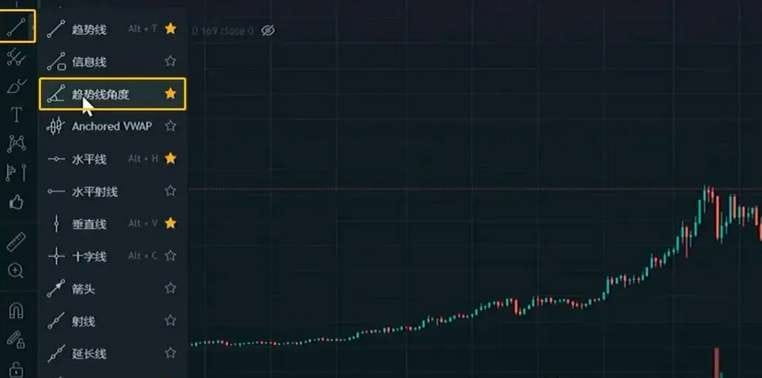
Figure 14: This tool is like a protractor that can measure the angle of the trend line (as shown in Figure 15).
Figure 15
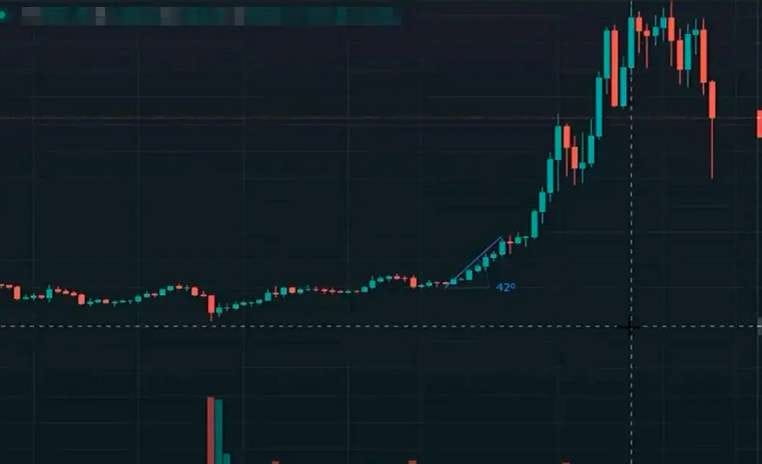
At this time, some keyboard warriors will definitely come out and say that as long as you pull the chart, adjust it up and down, zoom in and out, won't its angle change? I really have no way to answer this question. This is just an auxiliary tool when you don't know how to look at the slope. You need to grasp it yourself. My personal experience is to refer to the slope of the last bull market. The normal rising slope does not exceed 60 degrees. Compare the angle of the seven small consecutive Yangs to be measured with the angle of the last bull market increase.
Then the three necessary conditions have been explained. The above three conditions are indispensable. Don't deliberately distort your judgment in order to find the starting point. You must remember that your judgment result directly determines where your funds go.
Then let's look at three bonus conditions. The first is the weekly line, the small consecutive Yangs formed on the weekly line level; the second is that the trading volume is gradually increasing; and the third is to cooperate with the news. Although the bonus conditions are not necessary conditions, try to meet as many as possible. The more you meet, the more successful the pattern will be, and the stronger its explosive power and the higher the winning rate.
1. Small consecutive Yangs on the weekly line
This condition should be well understood. As we have said before, all key positions, patterns, and well-matched configurations are more reliable on larger-level cycles. Then the same principle applies to the seven small consecutive Yangs tactics. The more time cycle you pay attention to, the more upward space will naturally be. The longer the cycle, the more fully the main force absorbs chips, and the greater its upward space will be when it breaks out.
Of course, it does not mean that the small cycle is not practical for this tactic. For example, let's take a look at the fifteen-minute chart of blood orange in Figure 16.

Figure 16: This wave on March 29th was a successful seven small consecutive Yangs, and the slope was relatively gentle. There was also a long period of chip absorption in the early stage, followed by a wave of main upward wave. In fact, this wave is long. When you see the seven small consecutive Yangs formed, directly chasing in can also get about 4% increase.
If you are doing intraday trading, you can steadily get this wave of trend in your hands. After the shock appears at a high level, you can close the position. Of course, you can also keep the bottom position, because there may be higher gains later.
Let's look at another successful case on the one-hour level. For example, Figure 17, the fifteen-minute chart of Latiao. This wave of market on the evening of May 3rd showed seven small consecutive Yangs.
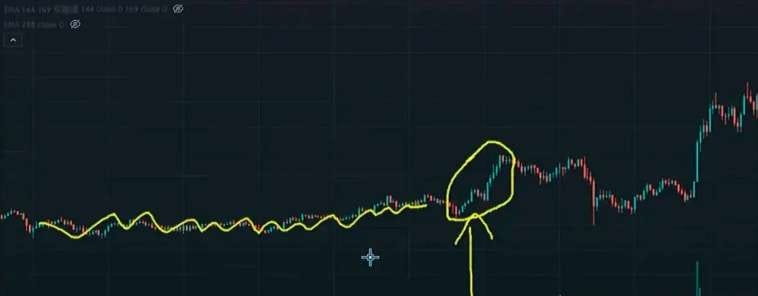
Figure 17: In fact, it does not strictly meet seven, with a small Yin line mixed in the middle. But since it has done a lot of chip absorption in the early stage, we can also consider it a successful seven small consecutive Yangs.
Those who are more aggressive can directly chase in; those who are biased towards right-side trading wait for a pullback, and as long as it does not break the previous low, they can also go long. Then the nearly 100-point pull-up (Figure 18) follows.
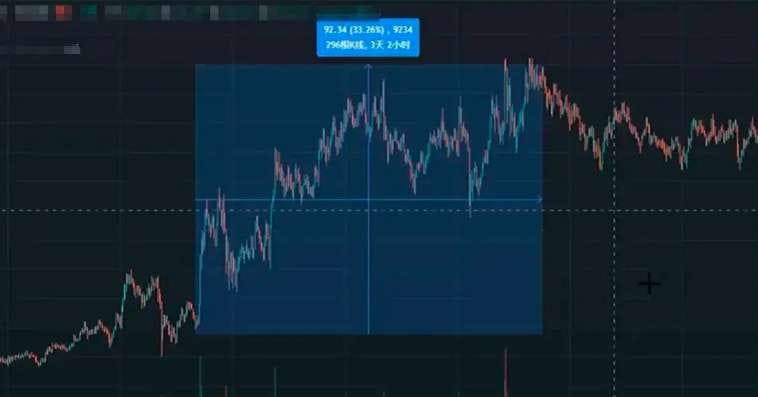
Figure 18: After that, if you can really hold the order, then getting 50% is no problem (Figure 19).
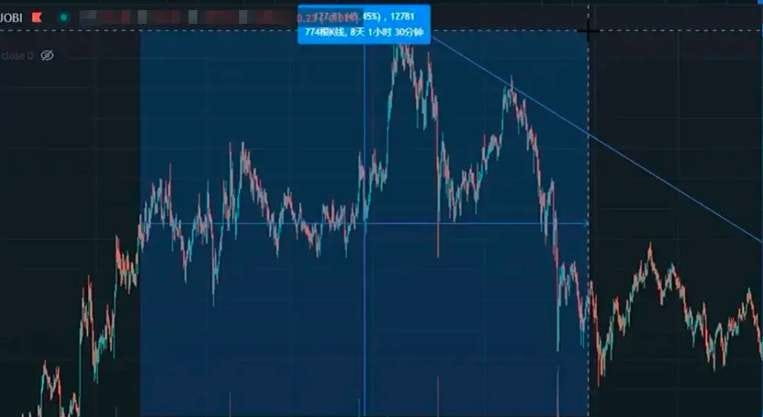
Figure 19: The representativeness of this case may not be so strong, but what I mean is? That is, you must be good at discovering this pattern, and you must dare to try, so that it is not easy to miss opportunities. In fact, the cost of trying is not high, but if this opportunity is missed, then it may be missed forever.
Then let's look at a more exaggerated case below. For example, Figure 20 below, the seven small consecutive Yangs appeared in the five-minute chart of blood orange at 3 pm on May 5.
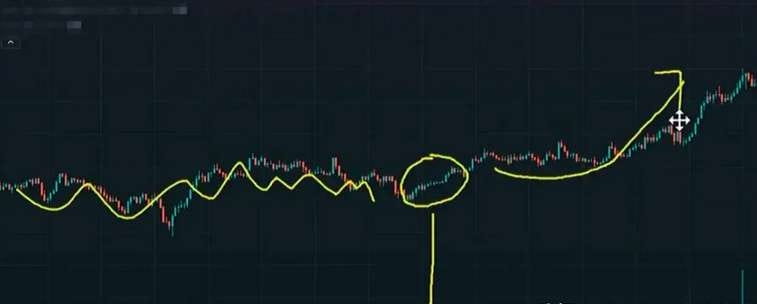
Figure 20: The slope is also very gentle, and there was also time for shock adjustment in the early stage, followed by a wave of pull-ups. (Figure 21).
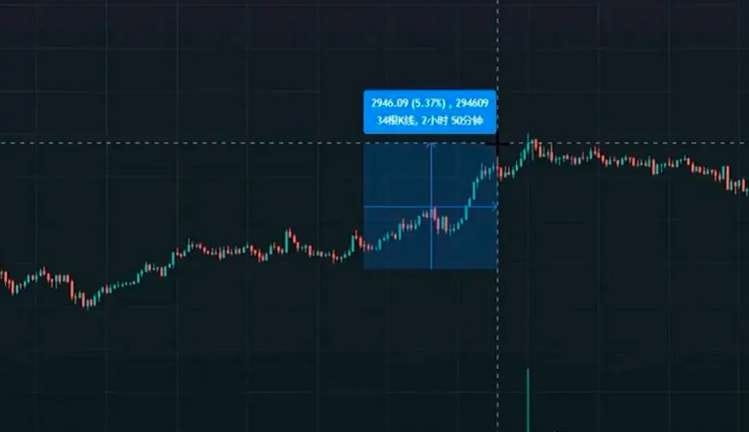
Figure 21: Of course, the main purpose of my giving this example is to illustrate that the tactic of seven small consecutive Yangs is not only applicable to large cycles, but also to small cycles. The higher the winning rate on the larger-level cycle; the more traps may appear on the smaller-cycle level, and the winning rate is not so high.
For example, let's look at a counterexample at a small cycle level. Let's look at this wave at 15:40 on May 17 (Figure 22).
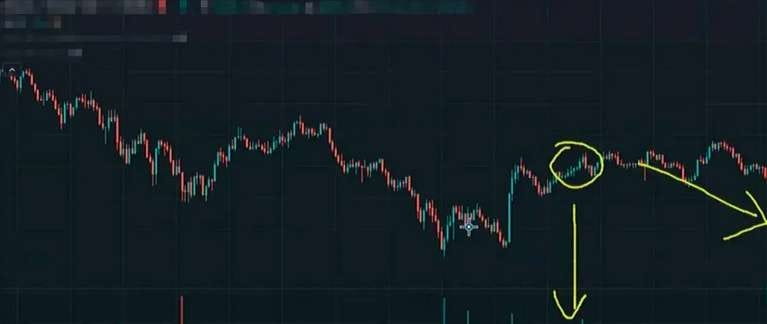
Figure 22: It is actually a small consecutive Yang, but why did it fail? It did not form a good chip absorption at the bottom in the early stage, and then suddenly rose, but a wave of downward trend, which is the main reason. If you look for it in the one-minute chart, you may see this pattern everywhere. We can see it everywhere, it is a trap, and it will come down immediately.
So to summarize, although this tactic of seven small consecutive Yangs is applicable in any cycle, the larger the cycle, the higher the winning rate and the more reliable it is. My suggestion is to choose a cycle chart above the one-hour level to find it. In this way, the winning rate will be higher.
2. Trading volume gradually increases
The volume and price should be coordinated, and should not be too abnormal. A gentle increase in volume is what we most want to see. Let's take a look at Figure 23, the daily chart of blood orange. When the seven small consecutive Yangs appear, the trading volume at the bottom also shows a gradual increase.
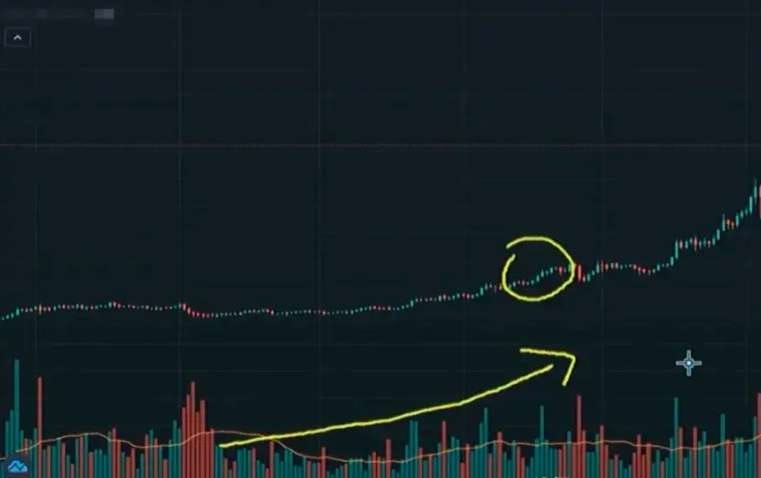
Figure 23: Then this is a very successful bonus condition.
But like Figure 24 at a high level, its trading volume is not a trend of gentle rise, and even a divergence has occurred, then you have to be careful at this time.
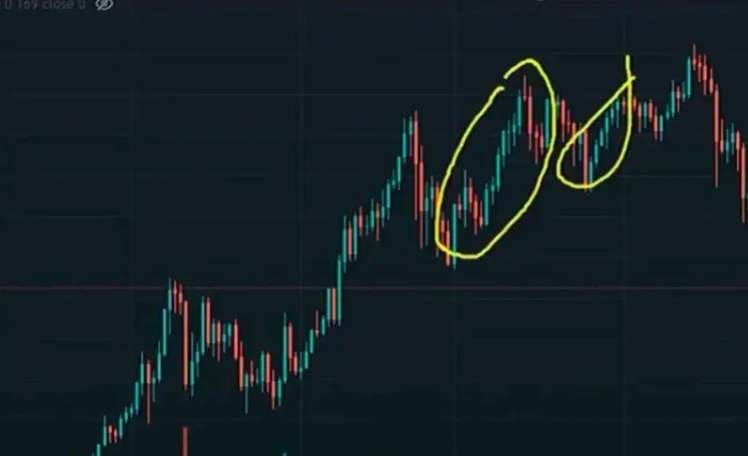
Figure 24: Of course, we have also analyzed the main reason for these two failures above, which is that there is no long-term bottoming.
3. Cooperate with news
This does not need to be explained much. If you see a currency now, its pattern and trend are very consistent with the seven small consecutive Yangs, and it happens to be in a good news surface, then you must decisively buy it. According to your own position allocation.
3. Summary
Summarize the seven small consecutive Yangs tactics we talked about today. First of all, this trend is not common, but the winning rate is very high. As long as you find this trend at the one-hour level or above, you should pay close attention to it, and there may be a main upward wave of at least doubled following it.
Identify the three necessary conditions and bonus conditions for this method.
There can be transactions with good increases every day. Learning technology well and learning methods well can train a pair of discerning eyes.
Stable Profit Guide in the Coin Circle: 10 Core Strategies to Control Market Rhythm
Last May, a fan saw a certain mainstream currency fall 15% in the early morning and was so scared that he quickly asked me if he should cut it. I asked him to open the 4-hour chart and found that it had just fallen to the previous support level, and immediately asked him to replenish 20% of his position. The currency price rebounded 8% at noon, and I stared at him to reduce half of it, and the blood was recovered on the same day. Remember: Don't panic when it drops sharply, don't be greedy when it rises sharply, what is hidden in the fluctuation is not risk, but opportunity.
When you see the currency price falling sharply, don't panic, this may be a good opportunity to enter the market; and when the currency price rises sharply, you need to be wary of possible callbacks and appropriately reduce your position. Grasping market fluctuations can achieve stable profits.
1. Fluctuation response: Don't panic when it drops sharply, don't be greedy when it rises sharply
When the currency price falls sharply, if it touches the previous support level, it is a good opportunity to cover the position; when it rises sharply, you need to be wary of the callback and appropriately reduce the position to take profits. For example, a certain mainstream currency fell 15% to the support level in the early morning. After covering the position, it rebounded 8% at noon to reduce the position, and the blood can be recovered on the same day. What is hidden in the fluctuation is not risk, but opportunity.
2. Capital allocation: Reasonable position allocation, leaving enough liquidity
Avoid betting all your money on a single currency. It is recommended to use 50% of mainstream currencies as the base (stable foundation), 30% of potential currencies for layout (profit), and 20% of cash for reserve (risk resistance). A novice once used reserve funds to cover positions in mainstream currencies during a sharp drop, and not only recovered the cost but also earned an extra 30,000 U after the rebound.
3. Afternoon operation: Be cautious about chasing highs and patiently buying bottoms
Afternoon market is prone to false rise, chasing the rise needs to wait for the trend to stabilize after 3 pm; don't rush to buy the bottom when there is a sharp drop, someone waited for two hours to confirm the stop drop, and the entry point was 7 points lower than blindly buying the bottom.
4. Emotional management: Stay calm and refuse to operate randomly
Morning fluctuations are mostly emotional, don't panic; you can appropriately "shut down" during sideways trading, and excessive staring at the market is prone to impulse. An older sister insisted on not looking at the market before 9 am, but lost 30% less than those who stared at the market every day.
5. Trend judgment: Do not move if you are not sure, follow the trend
When the trend is unclear, not moving is the best operation. A rise in the currency price that has not broken the previous high may be a lure to more, and a fall that has not broken the previous low may be a lure to short. A fan once refrained from buying a certain currency because it did not stand on the 5-day line, avoiding a subsequent 20% drop.
6. Application of Yin and Yang lines: Buy on Yin lines, sell on Yang lines
Yin lines are the market "discounts", you can choose the opportunity to buy; Yang lines are the time to take profits, you can sell appropriately. A girl insisted on this strategy and steadily earned 25% in the oscillating market in half a year.
7. Contrarian thinking: Looking for opportunities in extreme market conditions, not always available
Going against the trend is not about fighting hard, but about finding opportunities in extreme market conditions. For example, when the market plummets 30% and the fear index reaches a historical low, you can moderately increase your position, and then reduce your position to take profits after the rebound. But you need to pay attention, going against the trend depends on the timing, and you cannot operate frequently.
8. Wait patiently: Good opportunities are waited out
Changing currencies frequently will only increase the cost of handling fees, it is better to wait patiently for key opportunities. Someone studied a certain public chain currency for two months and waited for the callback to the key position before entering the market, holding it for three months and the income tripled. The coin circle is not short of opportunities, what is lacking is the stability when waiting.
9. High-level risk: Beware of "false breakthroughs" after sideways trading
If there is a sudden rise after sideways trading at a high level, if the trading volume is insufficient, it may be a "false breakthrough." At this time, you can first reduce your position by 50% to protect your profits, and then consider entering the market after stabilizing at 30 minutes with a volume increase.
10. Pattern warning: Be alert to the hammer Doji
Hammer Doji often foreshadows market reversal. Historical data shows that 80% of similar patterns will pull back. Do not go all in when encountering it, but reduce positions to control risks. A novice once operated according to this, avoiding a 12% drop and liquidation risk.
The core of these 10 strategies is to let yourself control the rhythm, rather than being controlled by the market. Last year, 50 fans who understood these strategies thoroughly earned at least 30%, while most of those who always want to find "exceptions" are still on the road to recovery. The key to earning profits in the coin circle is to control your hands, keep your heart, and repeat simple things.
The next wave of layout has been clearly planned, including point positions, rhythm, and position arrangements. I only bring partners with strong execution - those who do not complain about falling, do not be greedy for rising, and can implement steadily; those who know that opportunities do not wait for people and want to get on the bus in time. Market conditions and places do not wait for people, if you want to seize this opportunity, do not hesitate, after all, those who can survive and profit in the market have always been those who dare to act decisively. Are you ready?
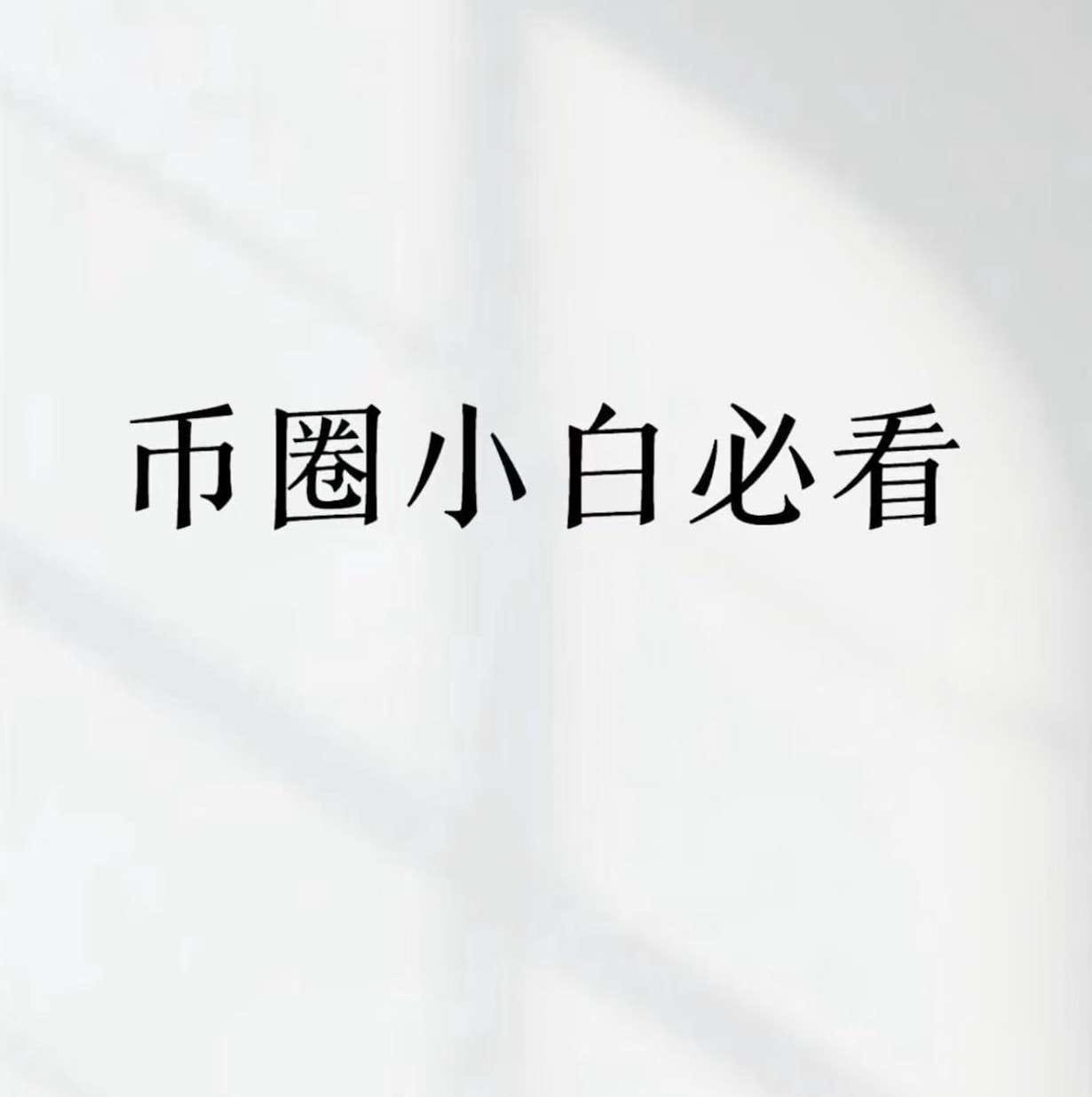
A Professional Trader's Late-Night Insights: The 5 Human Natures That the Market Has Made Me See Through
1. "Stop loss is not admitting defeat, but leaving a way out for yourself tomorrow"
Until the night of the first liquidation, I realized that resisting "stop loss" is essentially unwilling to accept the impermanence of the world. Now I always regard the stop loss order as a gym membership card - it is inevitable to feel the pain when paying, but I am clear in my heart that this is a necessary investment for long-term "health."
2. "The K-line chart is a mirror that shows all your true colors"
When you stare at your suddenly plummeting position late at night, the rapid breathing and trembling fingertips at that moment are the most real "technical analysis." All indicators are just tools, and what you always need to tame is the expectation and fear in your heart.
3. "Liquidity is a gift, but it may also be a life-threatening noose"
I have seen too many people who are addicted to the excitement of "entering and exiting in seconds", but forget that high-frequency trading is like a child constantly dismantling gift boxes - the most precious surprise always belongs to those who have the patience to wait. (The platform's risk control is most wary of not profits and losses, but "sleepless and tireless greed")
4. "Real masters are doing 'subtraction'"
Deleting 3 self-selected currency pairs and turning off 2 analysis software, the vision suddenly became clear: those "wolf-like traders" who chase 20 hotspots every day mostly become the flock of sheep harvested by algorithms.
5. "The most dangerous market always comes in the uproar of 'this time is different'"
When social media starts to be full of "financial freedom" and "guaranteed profit" rhetoric, when colleagues around you quietly mortgage their houses and rush in... At this time, I will instead take out the liquidation screenshots from 2018 to see - the market is always changing, but the speed of human evolution is slower than imagined.
The last big truth
The most ironic thing about this line is: when you no longer think about "defeating the market", you really start to have freedom.